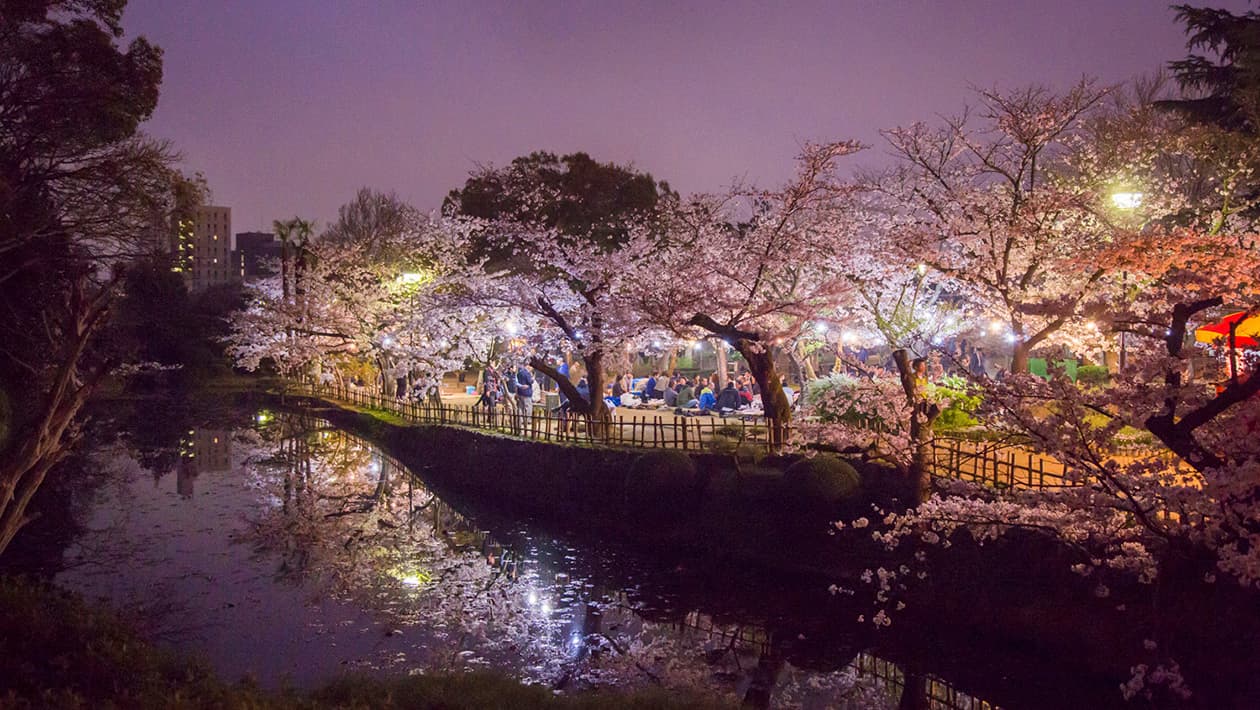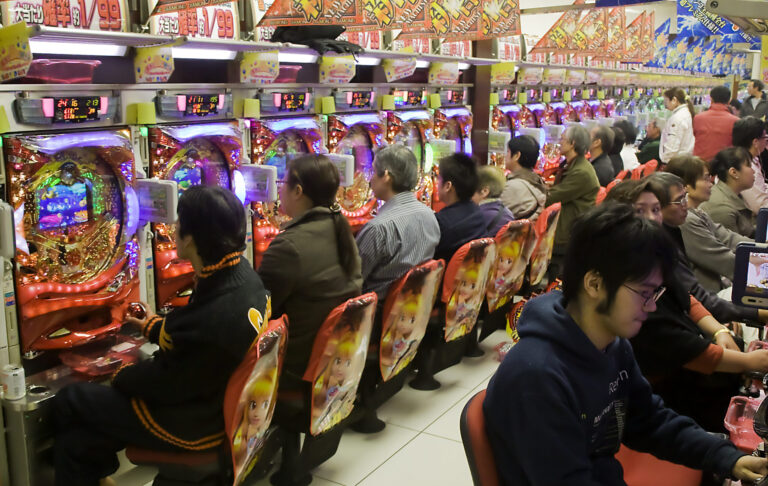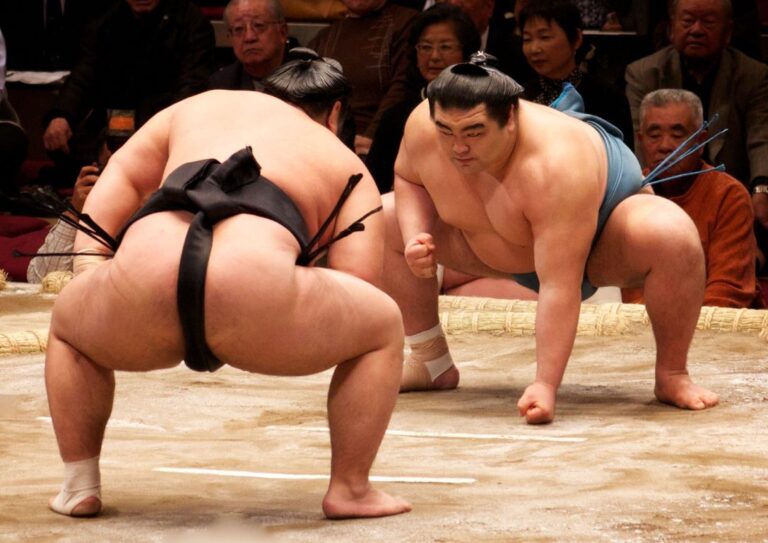The cherry blossom trees do not literally grow cherries; they are named cherry blossoms for the five-star pattern of the pink petals. You may recognize the Japanese sakura trees from West Potamic Park in Washington, D.C. A gift from the mayor of Tokyo in 1912, these transplanted trees were meant to symbolize the burgeoning friendship between the U.S. and Japan. You can participate in a hanami that is similar to that of Japan’s during the annual National Cherry Blossom Festival, which takes place each spring at these cherry trees and across the U.S.
History Of Hanami
Hanami began sometime in Japan during the 8th century CE, after Chinese ambassadors introduced their own flower viewing celebration to the Japanese aristocrats. The Japanese aristocracy took to the celebration immediately and enjoyed many spring evenings sitting beneath the boughs of trees in full bloom, composing poetry and enjoying good food and sake together.
Japanese emperors held feasts during the hanami and eventually the samurai class (military warriors who were not quite aristocracy, but not laymen either) began to enjoy hanami as well. By the 17th century, the peasant class began holding their own hanami.
Ume (white plum blossom)
Initially, the flower of choice was the ume, a five-petal white plum blossom, but the by the 11th century, the pink sakura (cherry blossom) rose in popularity during the hanami, particularly after the sakura hanami appeared in the 11th century novel The Tale of Genji. Besides their beauty, the sakura were likely chosen because they could be used in divination for predicting the success of the harvest and for agriculturally recognizing the start of the rice planting season (Japan was largely an agricultural country for millennia). The food and sake were served and enjoyed in honor of the kami (spirits, or gods) that the ancient Japanese believed resided in these flowers, in hopes that the kami would allow a good harvest in return.
Hanami
Although “hanami” literally means “flower viewing” and a number of flowers are appreciated during these celebrations, the hanami in the modern age is synonymous with cherry blossom viewing. It is the sakura for which everyone waits with excitement each year!
From as early as January to as late as mid-May, sakura across Japan bloom at different moments depending on the region. The most popular times for the hanami are the two weeks during which a blossom has bloomed to its fullest, usually in late March to mid-May. Spots are hard to come by and it’s not uncommon for a group to send one person to the park hours beforehand, where he or she will spread out a picnic sheet and write the company’s or group’s name on it. The best spots are often taken before 8 a.m. each morning during these peak times, even though people don’t often hold the hanami celebrations until suppertime!
Ueno Park, Sumida Park, Chidorigafuchi, and Shinjuku Gyoen are the four most popular hanami spots in Tokyo and there are many more across the nation. While at the hanami, people usually enjoy a special sake called hanamizake, which can be flavored with cherry blossom petals. Popular hanami foods include dango (dumplings) and barbeque. Because of the festive mood and widespread inebriation during the hanami, it is common to take turns singing, with or without a portable karaoke microphone.



